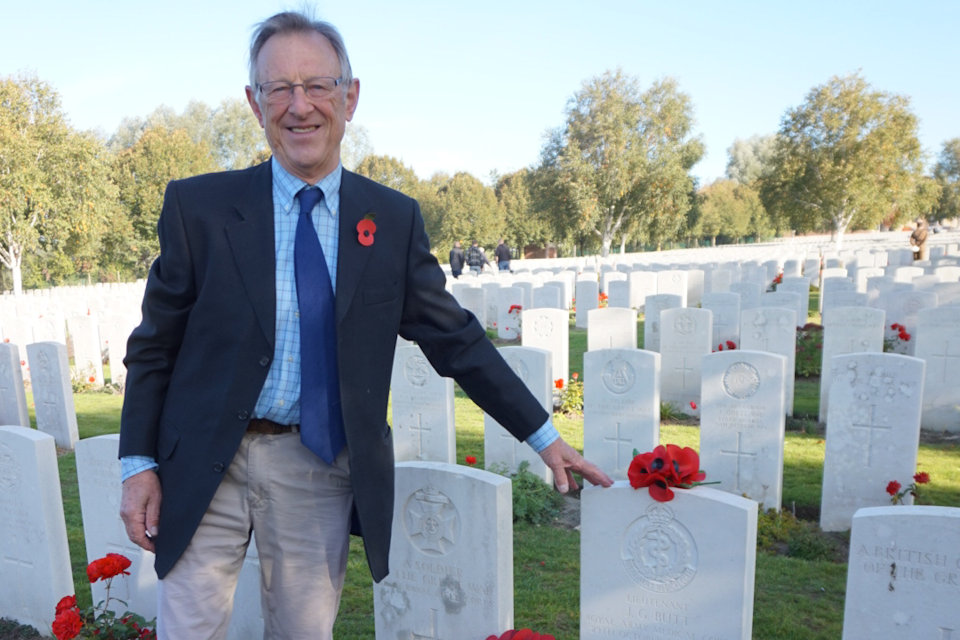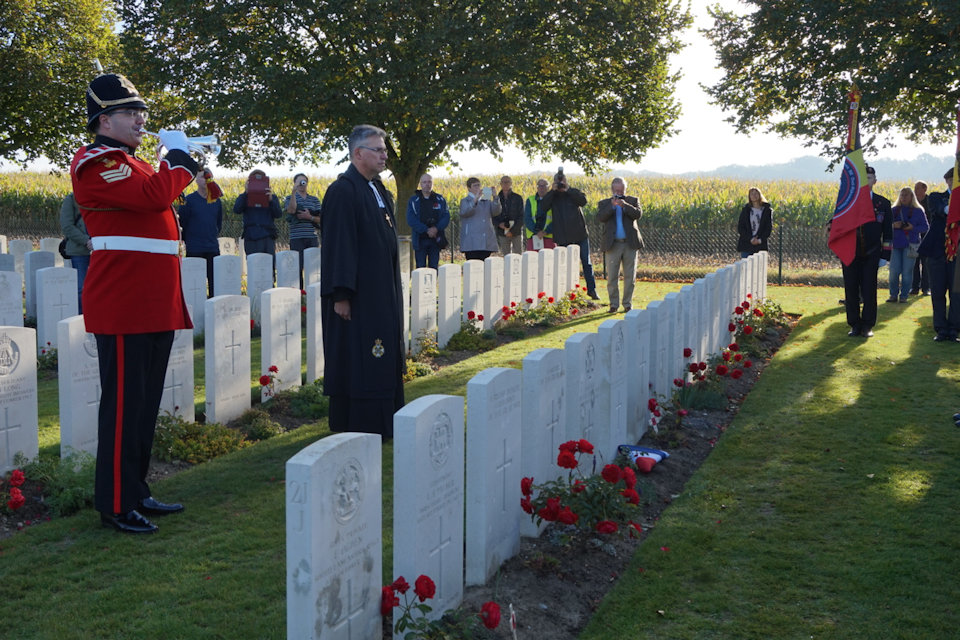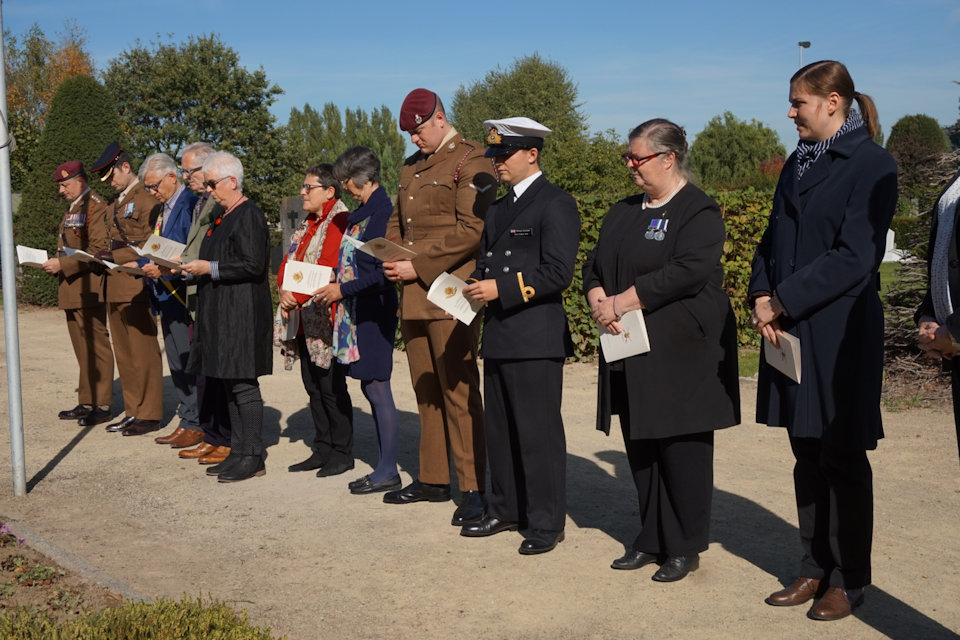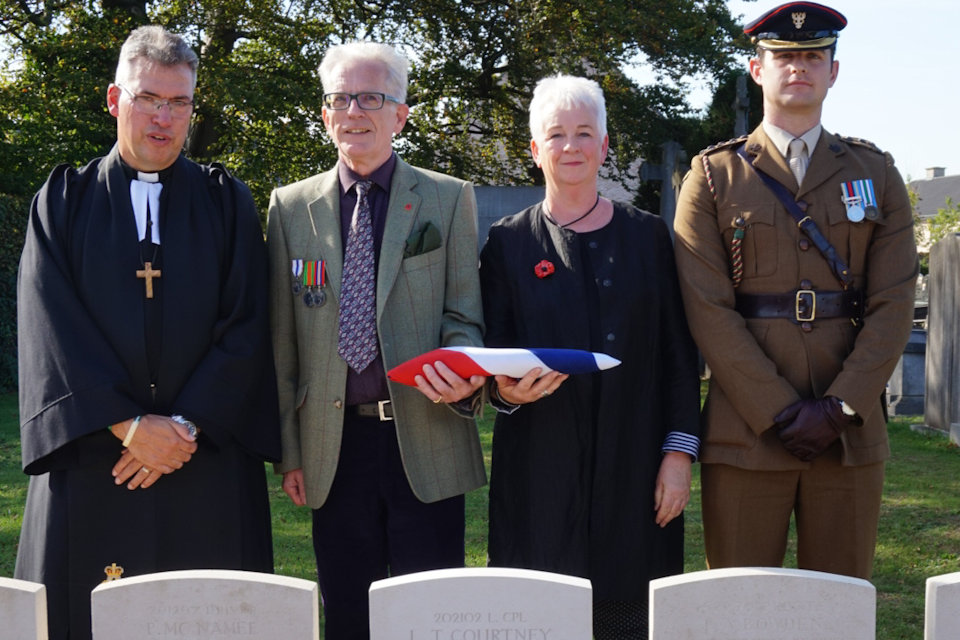Press release: IWT conference 2018: new funding for counter-poaching training in Africa
On the first day of the fourth international Illegal Wildlife Trade conference in London (Thursday, 11 October 2018), £900,000 of new funding has been announced to develop a new British military counter-poaching taskforce.
The announcement builds on the significant success of, and lessons learned from, the UK’s previous work to train rangers in Gabon and Malawi.
Operatives will be deployed to train African park rangers in more effective and safer counter-poaching techniques. The project aims to reduce the number of poaching incidents by catching poachers and bringing them to justice.
The UK will work in partnership with targeted countries to provide support for intelligence mapping, interception tracking tactics and operations management.
Training carried out by the British Army in Gabon and Malawi during 2018 has been well received with 84 Ecoguards being trained in Gabon, which will double by the end of the year, and 120 Rangers partnered in Malawi.
UK Environment Secretary, Michael Gove said:
The illegal wildlife trade is one of the most serious issues of organised crime facing the world. In the last year alone more than 100 rangers were killed on the front line of the fight against poachers – as an international community we must do everything we can to support their vital work. The ranger programme we are funding provides professional training and builds capability to tackle this crime across Africa.
This demonstrates the UK’s global leadership and delivers our commitment in the 25-Year Environment Plan.
UK Defence Secretary, Gavin Williamson said:
The training we already provide has made a significant difference to the protection of some of the planet’s most magnificent wildlife.
As the British Army now takes its world-renowned training further across Africa, those responsible for this abhorrent practice should be looking over their shoulders.
Maj James Cowen, who led the deployment in Malawi, said:
Having seen the beauty of these animals up close, and how at risk their survival is due to poaching, we are more determined than ever to stop these criminals in their tracks.
Planning is currently ongoing to identify countries and parks across the region with which the British Army will partner and assist over the next year.
Assistance can be tailored to the needs of the specific parks and consists of both base located training, such as command and control and paramedic, and a partnering model that sees UK soldiers living and operating with Rangers – helping Rangers to improve techniques and procedures whilst the UK soldiers have been able to improve their own skills in tracking and bush craft; a true partnership.
Environmental Crime, which includes the illegal wildlife trade and illegal logging, is the fifth most lucrative serious organised crime and is estimated to be worth up to £17billion a year.
The two-day conference in London (11 to 12 October 2018) is bringing more than 80 nations together including international political leaders, conservation organisations and individuals interested in closing down the vile trade in wildlife.




